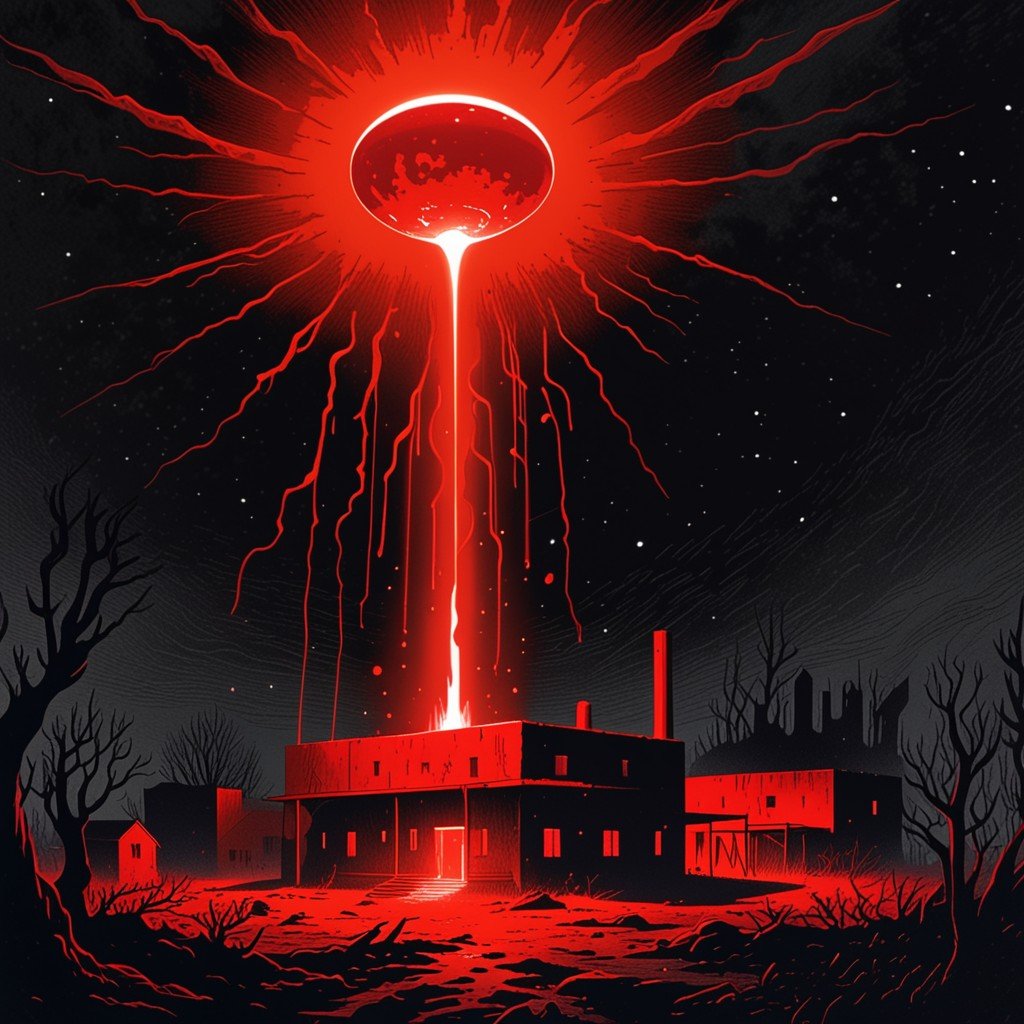Unmasking the Myth: The Fascinating Tale of Red Mercury – The Legendary Nuclear Explosive
Delve into the shadows with me as we unravel the captivating yarn of Red Mercury, a phantom substance that has left conspiracy theorists and ordinary citizens quivering in dread for decades.
Origins of Red Mercury
The saga begins in the late ’90s when a daring heist unfolded – a Russian military transport plane was robbed of highly enriched uranium [BBC News, 1999]. This audacious act sparked whispers of a mysterious compound known as Red Mercury. The intrigue deepened when this elusive substance was connected to conspiracy theories surrounding the destruction of the World Trade Center Twin Towers on September 11, 2001 [CBS News, 2001]. Yet, despite these allegations, no concrete evidence has ever been found linking Red Mercury to these tragic events.
The Legendary Properties of Red Mercury
The urban legend surrounding Red Mercury paints a chilling picture – a compact, lightweight substance with the power to cause catastrophic destruction [National Geographic, 2016]. Claims suggest that only minuscule amounts are needed to level buildings or even cause a nuclear explosion. However, these tales lack any scientific basis. Red Mercury, as we know it, is merely a figment of imagination – a blend of fact and fiction that continues to terrify and captivate us alike.
The Spread of the Urban Legend
The allure of Red Mercury has been fueled by various conspiracy theories and internet rumors that have spread like wildfire over the years [Mother Jones, 2013]. Sensationalist news reports and online forums have played their part in propagating the myth, keeping it alive long after its origins have faded into obscurity.
Cultural and Psychological Implications
Red Mercury serves as a stark reminder of our fears of terrorism, nuclear proliferation, and the unknown [The Guardian, 2001]. It functions as a cautionary tale about hidden dangers and the broader fascination with conspiracy theories and secretive government activities. In a world where real-life nuclear threats are an ever-present reality, Red Mercury stands as a chilling narrative that continues to captivate and terrify us.
Red Mercury in Popular Culture
The legend of Red Mercury has permeated popular culture, making appearances in films like James Bond’s “Die Another Day” [IMDb, 2002] and video games such as “Metal Gear Solid” [IGN, 1998]. Its presence highlights the appeal of this intriguing and terrifying concept – a substance with the power to change the world in an instant.
In a world where reality often strays into the realm of fiction, the legend of Red Mercury remains a captivating enigma. Though it lacks any scientific foundation, its persistent allure demonstrates our collective fascination with the unknown and the potential for disaster. As we continue to navigate an uncertain future, the tale of Red Mercury serves as a haunting cautionary narrative that continues to captivate and terrify – reminding us that sometimes, the greatest threats are those lurking just beyond our vision.



